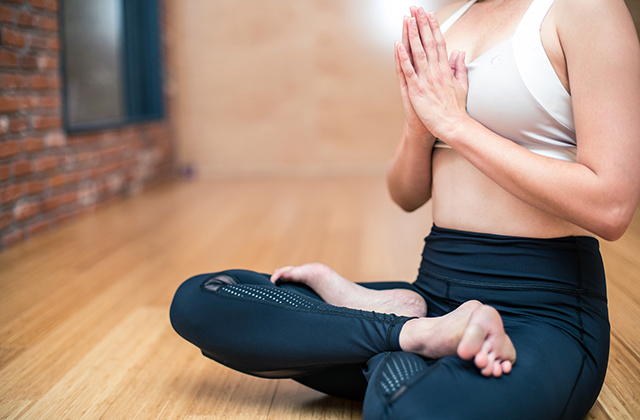Starting out as a Pilates instructor is an exciting journey. It’s also something that can be incredibly hard to do if you don’t know what to expect. As with many things in life, it’s good to know what you’re getting into before you actually get into it. Here are some things to consider when deciding whether or not Pilates is for you:
Many of you will probably agree that choosing a Pilates instructor course can be very overwhelming.
How much time will you need to spend training in order to be prepared?
Are there any certifications and/or training programs that you’ll need to complete before you start teaching?
What types of classes or programs will you be teaching? Will they include mat classes, reformer classes, chair classes, group classes, private lessons, etc.?
What does your studio expect from its instructors? What amount of professional development is required?
Will your studio provide mentorship and guidance or will you be on your own?
How much will all of this cost – both in terms of money and time?
Pilates instruction can be a wonderful and rewarding career choice. However, before making the decision to start this business path, make sure you know what you’re getting into.
Pilates is an exercise and conditioning system. It was originally developed by Joseph Pilates in the early 20th century, and has since grown in popularity and spread all over the world.
The Pilates method focuses on strengthening and building flexibility in muscles while working to increase your body’s range of motion. The exercises are performed on a mat with a variety of equipment such as spring boards, foam rollers, resistance bands, and more. The exercises stimulate every muscle group in the body, including your abs, back, legs, arms, chest and shoulders.
Pilates works to improve your posture by lengthening muscles that have been shortened or weakened through poor posture or injury to allow for better and more efficient movement and alignment. This helps relieve pain caused by conditions such as chronic low back pain and herniated discs.
Since Pilates is a workout that doesn’t require any equipment, there’s a lot of flexibility in the setting you decide to work in. Many teachers choose to teach at a gym or fitness center, but it can just as easily be done in a studio, office building, or even the convenience of your own home.
Usage of props is also dependent on where you teach. While many teachers use props such as balls and straps, it’s also possible to teach without them. In either case, it’s important to have a knowledge of Pilates’ history and exercises.
Foremost for those who wish to become a Pilates instructor is the importance of having strong core muscles. If you’re not able to maintain your balance with good posture, you’ll lose students quickly. Additionally, you should always remember the importance of safety. You never want to see your students hurting themselves while working with you.
Another important aspect of being a Pilates instructor is knowing when each exercise is appropriate for your clients. Pilates is often used by people who are recovering from an injury or patients who are facing physical therapy after surgery. That means that certain exercises will be better than others depending on what type of condition they’re in.
Being a Pilates instructor can be both rewarding and challenging. It’s rewarding because of the people you get to work with and how you can help them, but it is also challenging because you have to put in tons of hours and there is a lot to learn.
- Being a Pilates instructor requires more than just teaching classes.
- If you want to be a successful Pilates instructor, you need to know many things:
- Pilates history
- Anatomy and kinesiology
- How to teach different age groups and populations
- How to use equipment properly
- The importance of nutrition on performance and health
- The importance of stretching and breathing on performance and health
The goal of Pilates is not just flexibility, but strength as well! A strong mind in a strong body will lead to success in whatever endeavor you choose. So if you are training for something like a marathon or trying to lose weight, the Pilates method might be perfect for you! The more tips you read the faster your learn about Pilates.

